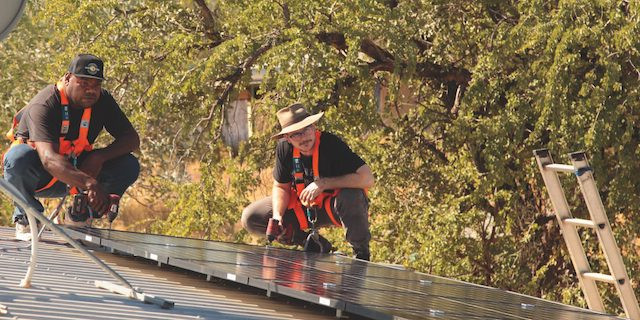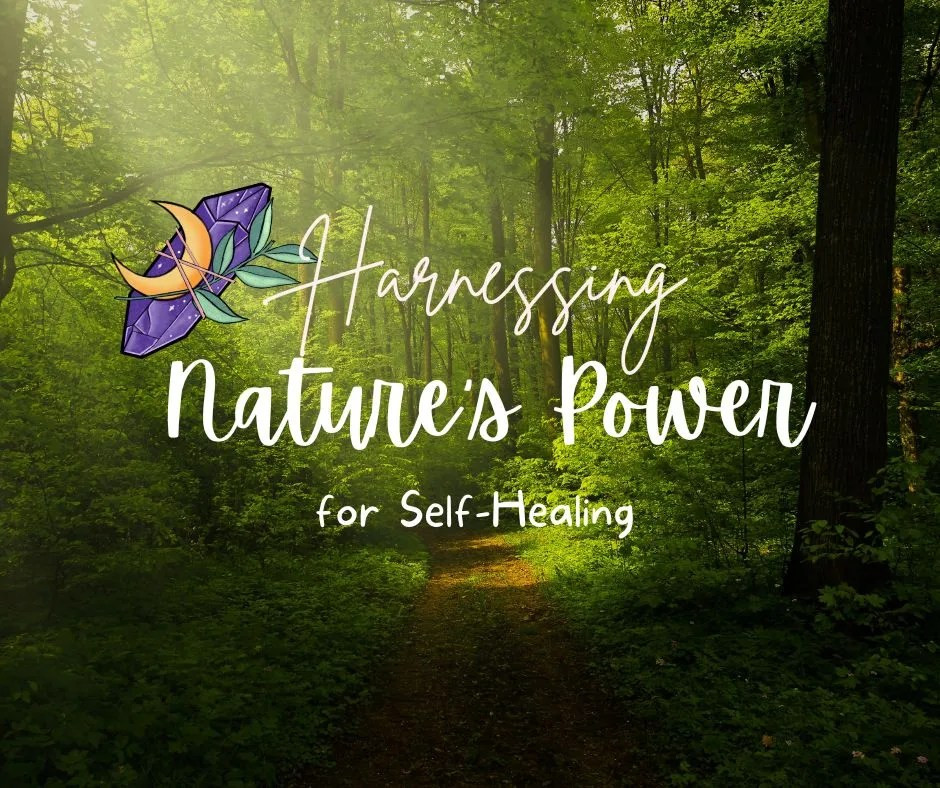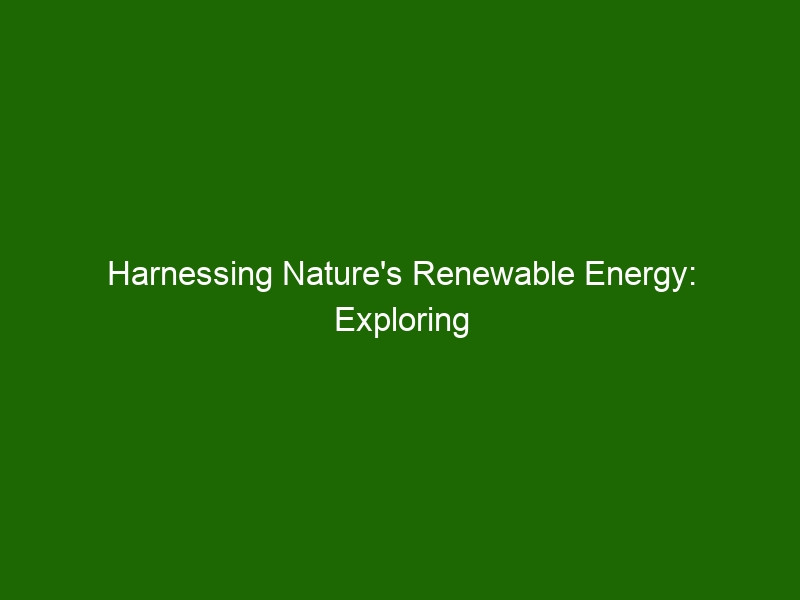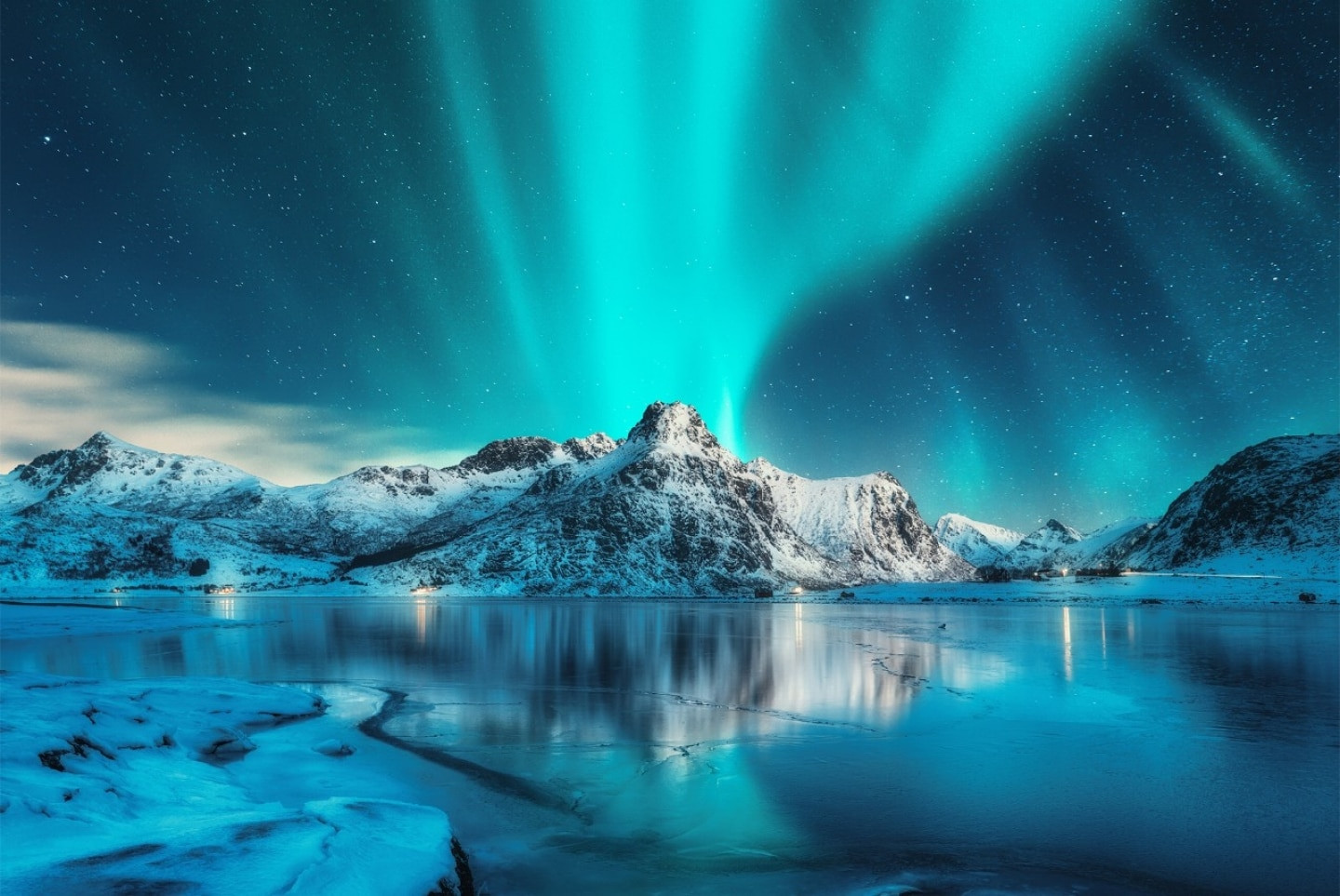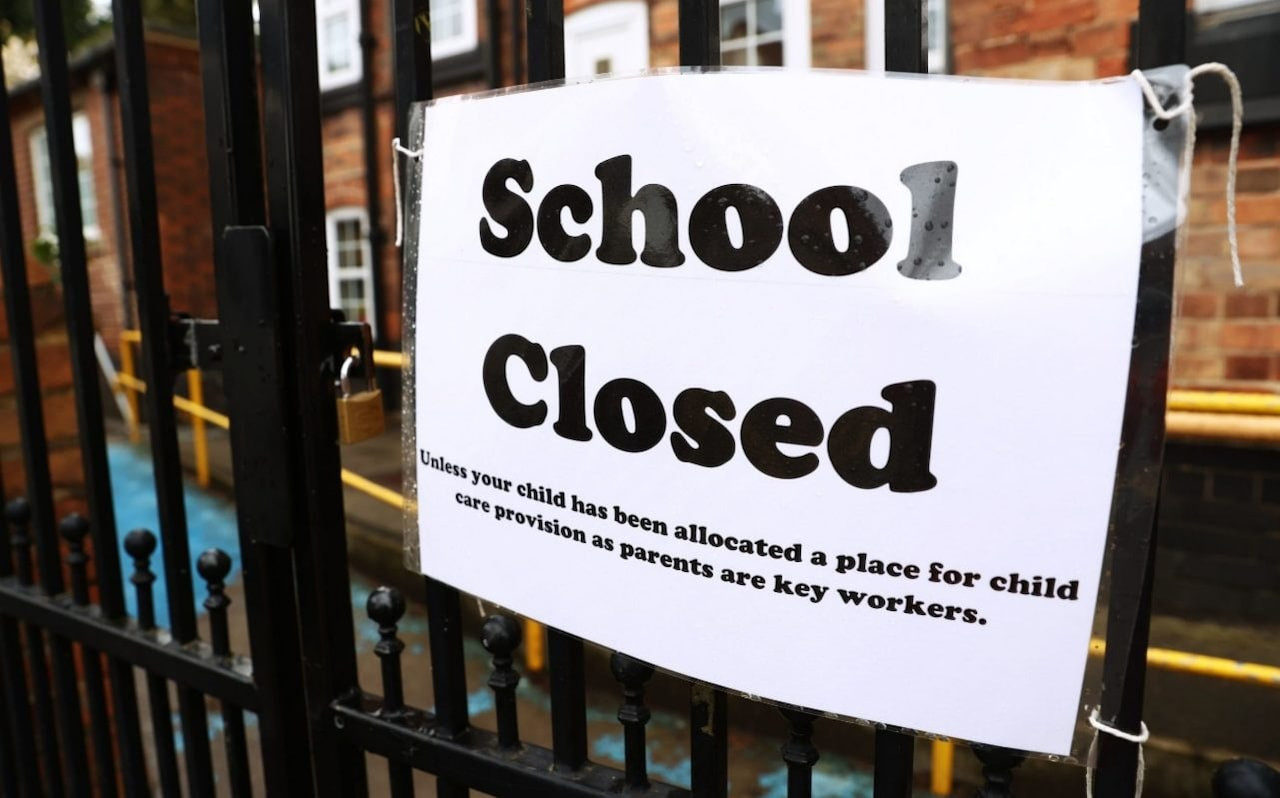The Arctic, a region experiencing warming at more than twice the rate of the rest of the planet, faces dramatic transformations as ancient ice melts, permafrost thaws, and ecosystems undergo upheaval. These changes lead to a cascade of challenges, from coastal erosion to shifting wildlife habitats, threatening both natural landscapes and the communities that depend on them. In response to these pressing challenges, integrating Indigenous knowledge into nature-based solutions (NbS) presents a promising approach to enhancing climate resilience.
NbS is a recently emerging term for actions to leverage the power of ecosystems to protect people, optimize infrastructure, and ensure a stable and biodiverse future. These natural (climate) solutions include conservation efforts, habitat restoration, water resource management, and green infrastructure initiatives. By harnessing natural ecosystems, NbS can provide up to 37 percent of the mitigation needed by 2030 to achieve the targets of the Paris Agreement and give several benefits for climate adaptation and biodiversity enhancement. Informed and well-structured NbS can reduce climate change impacts on local communities and counter biodiversity loss. However, effective NbS are complex and difficult to design, especially in fragile ecosystems. Therefore, Indigenous communities and their knowledges are crucial for finding effective solutions to preserve and protect the Arctic.
Combining NbS with Indigenous knowledge, also known as traditional ecological knowledge, can greatly enhance the effectiveness of local climate and conservation actions. Indigenous peoples, despite comprising only a small fraction of the global population, manage between 13 and 20 percent of the world’s lands, which contain approximately 80 percent of the remaining global biodiversity. In the Arctic, this includes communities such as the Sámi in Finland, Sweden, Norway, and Northwest Russia; the Nenets, Khanty, Evenk, and Chukchi in Russia; the Aleut, Yupik, and Inuit (Iñupiat) in Alaska; the Inuit (Inuvialuit) in Canada; and the Inuit (Kalaallit) in Greenland. Since Indigenous communities’ livelihoods are often directly linked to the surrounding land, northern Indigenous groups are particularly vulnerable to climate change, experiencing its impacts more intensely and rapidly than many other regions. For millennia, Arctic Indigenous groups like the Inuit and Sámi have developed sophisticated land management systems and ecological knowledge crucial for maintaining their ecosystems’ delicate balance.
The Importance of Indigenous Knowledge
Indigenous knowledge encompasses the deep, place-based understanding and practices developed by Indigenous communities. This knowledge integrates cultural, spiritual, and ecological insights into managing and conserving local environments. Indigenous peoples and their knowledge systems offer holistic and local perspectives on climate risk management, integrating cultural, intergenerational, and place-based understandings in Arctic ecosystems. Many Indigenous communities live on and manage significant portions of the land in Arctic regions and retain vital ancestral knowledge and expertise in conserving nature, protecting biodiversity, and addressing climate and disaster risks through adaptation and mitigation strategies. In many cases, their connection with the land and their surrounding ecosystems is deeply rooted in spiritual and cultural traditions that have evolved over millennia, offering a distinct perspective on land stewardship that contrasts sharply with values imposed by Western colonialism.
A Diverse Landscape of Knowledge
However, it is essential to recognize the diversity and complexity within Indigenous communities. While many Indigenous groups emphasize sustainable practices and environmental stewardship, there are significant variations in perspectives and approaches. Some communities support resource extraction projects like oil, gas, and mining for economic benefits, while others strongly oppose such activities to protect their lands and cultural heritage. These differences highlight that Indigenous knowledge systems are not monolithic but are shaped by distinct cultural, economic, and environmental contexts.
A Legacy of Sustainability
Indigenous communities possess traditional ecological knowledge essential for sustainably understanding and managing Arctic environments. Their practices, shaped by an intimate relationship with the surrounding environment, emphasize long-term sustainability. Most Indigenous governance systems prioritize community well-being and environmental stewardship, making them natural allies in climate resilience efforts. In this sense, Indigenous knowledge systems are crucial for safeguarding biodiversity and ecosystem services.
For example, the Sámi people possess a profound and reciprocal relationship with nature, which is deeply rooted in spiritual and cultural traditions. Sámi elders emphasize that this relationship itself is a core value, connecting individuals to their environment, its history, and heritage. The Sámi view humans as an integral part of nature, not superior to other life forms, with a role to maintain harmony within the ecosystem. This relationship is guided by principles of modesty—taking only what is needed—and respect for all beings, ensuring actions do not endanger species or cause unnecessary harm. Traditional Sámi livelihoods such as herding, fishing, gathering, trapping, and hunting in areas they call “meahcci” reflect their sustainable practices and intimate knowledge of the land. The Sámi governance model, or “siida,” designates family territories, fostering stewardship and sustainable use. The Sámi’s ability to sustain healthy ecosystems and preserve their Indigenous knowledge is crucial, as these are seen as the foundation of their life and a vital safety net for the future.
A Powerful Synergy for Climate Resilience
NbS in the Arctic offer promising strategies for climate adaptation and environmental restoration by leveraging natural processes to address challenges like permafrost thaw and biodiversity loss. Examples include wetland restoration to enhance carbon sequestration and rewilding efforts that support wildlife and ecosystem health. However, implementing NbS in the Arctic faces several challenges. The extreme climate and rapidly changing conditions complicate the deployment and effectiveness of these solutions. Standard approaches often overlook the unique needs and complexities of specific ecosystems.
Acknowledging and incorporating Indigenous knowledge and leadership is necessary for successful and sustainable local NbS in Northern regions. Local communities can often provide a nuanced understanding of local ecosystems and traditional practices. NbS, therefore, need the expertise and insights Indigenous communities can provide to lead towards success.
Real-World Examples of Success
Several Indigenous-led nature-based initiatives in the Arctic demonstrate the potential of integrating Indigenous knowledge into nature-based efforts. In the European Arctic, the Skolt Sámi have showcased this expertise by restoring rivers damaged by human activities to address the rapidly progressing climate change. Their efforts on the Vainosjoki River have revived critical habitats for trout, grayling, and other cold-dependent fish, creating safe havens by applying Sámi Indigenous knowledge. By engaging in community-led self-reflection, the Skolt Sámi have developed a regional strategy for habitat restoration, bolstering resilience, food security, and the survival of both human and non-human life in the present and future.
Another example can be found in the adaptation strategy worked out by the Inuit Circumpolar Council’s Pikialasorsuaq Commission, which was based on local Inuit knowledge: Pikialasorsuaq, the Greenlandic name for the North Water Polynya, is the Arctic Ocean’s largest and most northerly year-round open water area, sustained by an ice bridge. Climate change threatens this ice bridge, risking the polynya’s future. This biologically productive area supports millions of seabirds, fish, narwhal, beluga, bowhead, walrus, and seals and is vital for Inuit hunters. In response to these threats, the Pikialasorsuaq Commission gathered insights from Inuit communities in Canada and Greenland to develop Inuit-led management, monitoring, and adaptation strategies.
In Finland, peatland restoration has become a crucial NbS for combating climate change and ecological degradation, with Indigenous knowledge at its core. A standout example of effective peatland restoration is the Linnunsuo project in North Karelia, where the Snowchange Cooperative partnered with the Skolt Sámi. This collaboration utilized Skolt Sámi’s traditional knowledge, which offered vital insights into the peatland’s original ecological conditions and relationships. Restoration efforts involved rewetting the peatland by blocking drainage ditches and restoring natural water flows, which revived its role as a carbon sink. Traditional knowledge guided these actions, supporting the ecological balance and local wildlife. The project also focused on reintroducing native species, using Indigenous insights to select appropriate plants and animals for the restored environment. The success of Linnunsuo went beyond environmental benefits; it created economic opportunities for local communities through sustainable fishing and eco-tourism. Indigenous involvement, particularly by Skolt Sámi women, ensured that their traditional practices were integrated into managing and monitoring the restored landscape. The Linnunsuo project demonstrates how blending Indigenous knowledge with scientific approaches can effectively restore degraded ecosystems and address climate change. It sets a precedent for future rewilding projects by showing the value of incorporating traditional ecological wisdom into modern conservation efforts.
Addressing Challenges and Barriers
While NbS holds great promise for climate resilience in the Arctic, barriers remain in its implementation and thoroughness, particularly concerning the potential impacts on Indigenous communities. Such impacts exacerbate existing vulnerabilities, including poverty and discrimination. Extractive industries and poorly planned development projects can threaten Indigenous lands and livelihoods, undermining the effectiveness of NbS initiatives. Integrating Indigenous knowledge into NbS design and implementation processes can address these challenges effectively.
A Path Forward: Prioritizing Indigenous Leadership
To harness the full potential of NbS for climate resilience in the Arctic, it is essential to prioritize Indigenous perspectives in NbS policies and practices. By prioritizing Indigenous perspectives and leadership, NbS initiatives can become more effective, culturally appropriate, and sustainable, ensuring the long-term resilience of Arctic communities and ecosystems. This requires meaningful engagement and empowering Indigenous peoples in decision-making processes. Furthermore, capacity-building initiatives and knowledge-sharing platforms can facilitate the exchange of best practices and empower Indigenous communities to lead NbS efforts in their territories. How this can actually be facilitated is laid out by Linda Brewer and Edith Vorderstrasse in a set of engagement principles: They state that successful Arctic Social Engagement is designed around a set of underlying beliefs, such as a deep respect for the ecological experience and knowledge of the local and Indigenous Peoples; the acknowledgment that the involvement optimizes decision-making, the recognition and trust for evolving relationships and the believe that any impact must support the community and its culture. Empowering Indigenous communities involves removing external pressures that hinder autonomous evaluation, self-assessment, and responses to climate change, including addressing inflexible and centralized policies imposed by state governments.
A Collective Future
Arctic Indigenous communities are already taking adaptive actions at the local level, leveraging their traditional knowledge and innovative approaches to respond to changing environmental conditions. While these efforts may seem modest in scale, they have far-reaching implications for global climate resilience. Strengthening the decision-making capacity of Indigenous communities is therefore pivotal for ensuring a more resilient, secure, and equitable future for Arctic Peoples and the planet.
A Powerful Partnership for a Resilient Future
Indigenous knowledge, rooted in millennia of interaction with local ecosystems, encompasses traditional ecological insights, practices, and wisdom passed down through generations. NbS leverage natural processes and ecosystem services to address environmental challenges such as climate change and biodiversity loss. In the Arctic, combining Indigenous knowledge with NbS creates a powerful synergy for effectively tackling climate impacts.
Integrating Indigenous knowledge with NbS offers a profound depth of understanding that is often missed in conventional approaches. Indigenous communities possess detailed and context-specific knowledge about their environments, enabling the design of more nuanced and effective solutions. This holistic perspective ensures that NbS are environmentally sustainable, culturally appropriate, and resilient. Collaborative efforts incorporating Indigenous expertise enhance the potential of NbS in the Arctic. For example, projects like the Skolt Sámi’s river restoration and the Pikialasorsuaq Commission’s adaptation strategies demonstrate the success of Indigenous-led initiatives. By leveraging traditional knowledge, these projects create effective and sustainable outcomes that benefit both ecosystems and local communities.
A Call to Action: Embracing Collaboration
In conclusion, integrating Indigenous knowledge with NbS is essential for addressing climate change in the Arctic. This partnership respects Indigenous peoples’ cultural heritage and fosters innovative solutions that can be applied globally. By prioritizing Indigenous perspectives and leadership, NbS initiatives can achieve greater depth and effectiveness, ensuring the long-term resilience of Arctic ecosystems and communities. Embracing this collaborative approach will safeguard the Arctic’s future and contribute to broader climate resilience goals.




